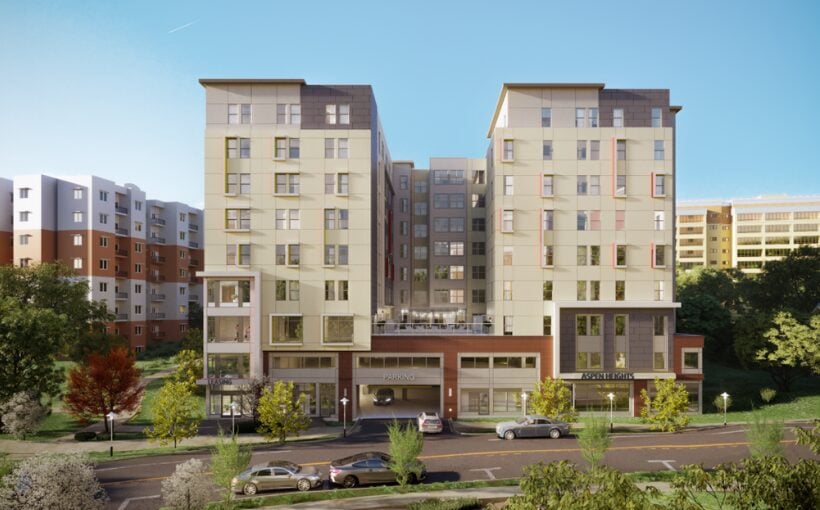Single-family rental (SFR) homes, once experiencing high rent growth driven by strong demand, saw a significant change in late 2024 as national rent growth declined year-over-year, according to three reports.
“Single-family annual rent growth slowed in November to the lowest rate in about 14 years,” noted CoreLogic Senior Principal Economist Molly Boesel in a recent press release.
Findings from CoreLogic, Rentometer, and Yardi Matrix highlighted regional variations in rent trends. While some Sun Belt cities experienced declining rent growth, certain Midwest metros reported year-over-year increases.
### Key Findings
Nationally, CoreLogic recorded a 1.5% year-over-year rent growth for November 2024. Meanwhile, Rentometer and Yardi Matrix observed a negative 0.8% year-over-year rent growth as of December 2024, with average rents reported at $2,357 (Rentometer) and $2,141 (Yardi Matrix). Some key takeaways include:
– **Midwest Growth:** Cities like Kansas City, Grand Rapids (MI), and Columbus (OH) reported year-over-year rent growth ranging from 2.5% to nearly 6%, according to Yardi Matrix. CoreLogic identified Detroit as having the highest growth at 6.1%.
– **Sun Belt Declines:** Several Texas cities, including Austin (-4.3%), Plano (-3.1%), and San Antonio (-2.5%), experienced negative rent growth (Rentometer data). Yardi Matrix also noted rent declines in Dallas-Fort Worth and Austin. Additionally, metros like Phoenix, Pensacola (FL), and Tampa (FL) reported declines.
– **Occupancy Rates:** Yardi Matrix reported occupancy at 95.0%, while Rentometer indicated a vacancy rate of 6.0% (94% occupancy).
### Reasons for Variations
Regional differences in rent growth can largely be attributed to supply dynamics. The Sun Belt, where many build-to-rent developments are concentrated, is home to several cities experiencing rent declines, according to Rentometer analysts.
Seasonal patterns play a role, as demand for rentals typically decreases during the winter months. “Fewer people move during the winter, leading to decreased demand for rentals,” Yardi Matrix’s Business Intelligence Manager Doug Ressler explained. He also noted that macroeconomic conditions, such as interest rate fluctuations and inflation, contribute to slowed rent growth as affordability pressures rise.
### Looking Ahead
Despite the slowdown in the latter part of 2024, analysts do not expect this trend to persist. Rentometer anticipates that a decline in new housing deliveries in 2025 could lead to renewed price increases. At the same time, demand is likely to remain strong, buoyed by stable wage and job growth.
“Despite the recent slowdown in rent growth, demand for rentals should remain strong,” CoreLogic’s Molly Boesel remarked, suggesting a potentially robust market in 2025 and beyond.

